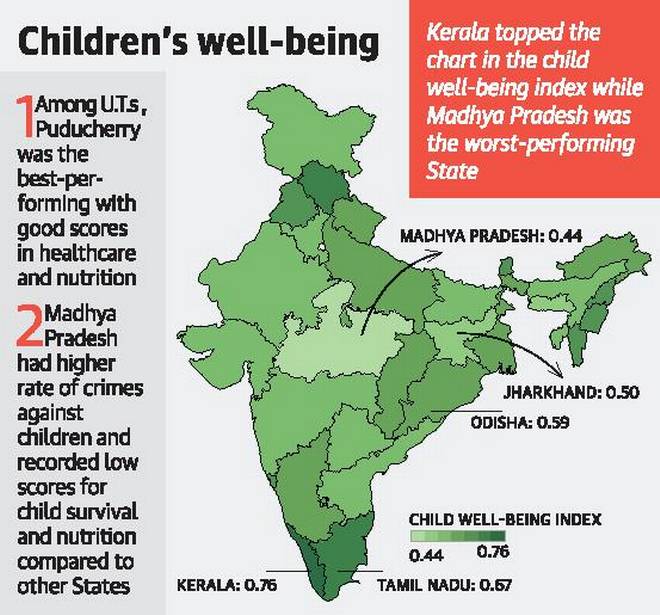7667766266
enquiry@shankarias.in
How India protects its VIPs
Fedor the Robot
India Child Well-Being Report

Source: PIB, The Indian Express